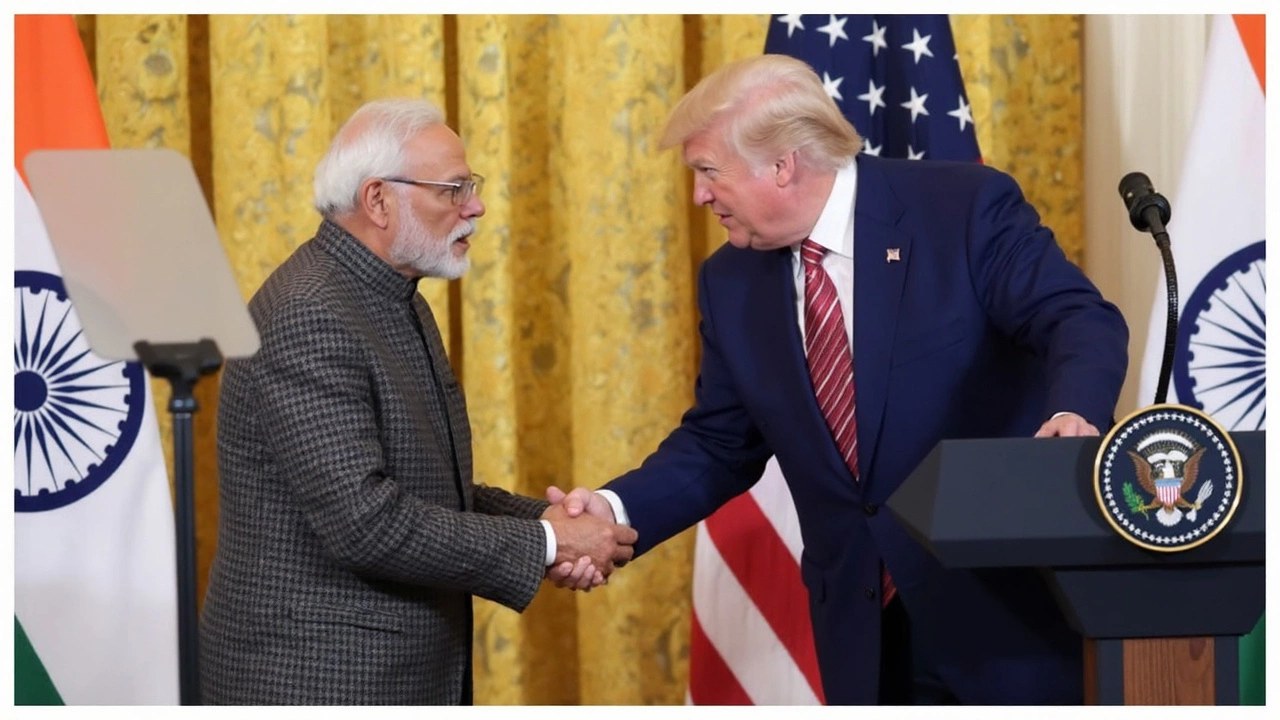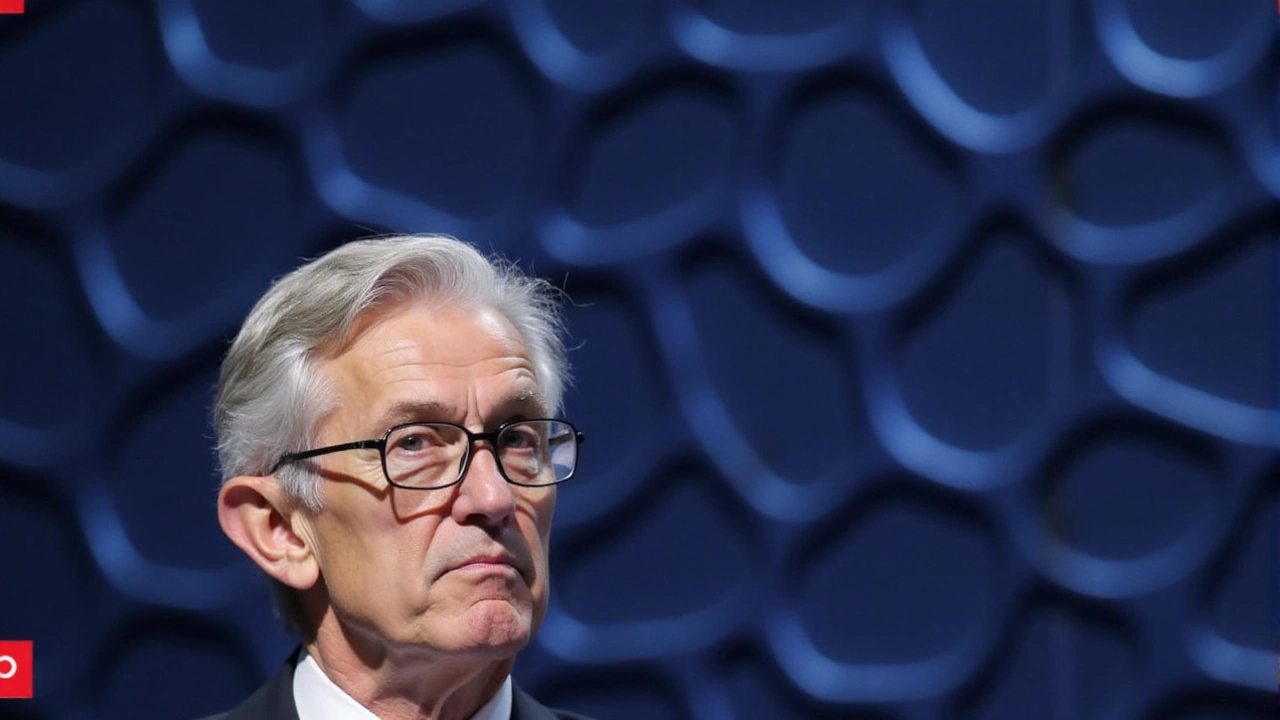Donald Trump Tariff Ruling: What the Appeals Court Decision Means
If you follow US trade news, the headline about Donald Trump’s tariffs missing the mark is hard to miss. A federal appeals court voted 7‑4 to toss out the bulk of the tariffs Trump imposed under the IEEPA law. Only the steel and aluminum duties survived, but the rest – the ones that hit Indian exports with a 50% levy – were sent back to the drawing board.
Why the court stepped in
The judges said the administration went beyond the authority granted by the IEEPA. In plain terms, they felt the government used the law as a shortcut to settle political scores, not to protect national security. That’s a big deal because it sets a precedent: future presidents can’t just slap tariffs on a whim and claim they’re for security.
What’s next for the tariffs?
Even though the court nullified most of the measures, they didn’t put the whole thing on ice. The remaining steel and aluminum tariffs stay in place while the case heads toward a possible Supreme Court showdown. If the high court backs the lower court, we could see a permanent shift in how the US handles trade disputes.
For India, the timing couldn’t be worse. Indian exporters were already feeling the pinch from the 50% levy, and now they have a chance to get some relief – if the Supreme Court doesn’t revive the ruling. Indian firms are watching the next moves closely, because any reversal could mean another round of heavy duties.
Businesses in the US are also feeling the ripple. Companies that relied on cheap imports from India now have to rethink supply chains, pricing, and inventory. Some are already looking for alternatives in Southeast Asia or Latin America to keep costs down.
From a political angle, the decision fuels the ongoing debate about trade protectionism vs. free market. Supporters of Trump’s original tariffs argue they protect American jobs, while critics say they hurt consumers and strain diplomatic ties. This court ruling nudges the conversation toward a more rule‑based approach rather than policy‑driven moves.
So, what should everyday readers take away?
- Most of Donald Trump’s India‑focused tariffs are gone – at least for now.
- The case isn’t closed; the Supreme Court could still change the outcome.
- Both US and Indian businesses need to stay flexible as the legal landscape shifts.
- The ruling may limit future presidents from using IEEPA as a shortcut for trade wars.
Keep an eye on official statements from the Commerce Department and any filings the US government makes with the Supreme Court. Those updates will give you the clearest picture of whether the tariffs stay dead or get a second chance.
In the meantime, if you’re a consumer, you might see small price changes on goods that once carried a heavy import tax. It’s a reminder that trade policy, even when it feels far away, can end up in your wallet.
Bottom line: the appeals court’s knock‑down of Trump’s tariffs is a win for rule‑bound trade, but the story isn’t over. Stay tuned, because the next chapter could rewrite how America deals with trade disputes for years to come.
PM Modi Joins Truth Social: A Symbolic Move Sparking Conversations
PM Modi has made waves by joining Trump's Truth Social platform, a move underscoring his interest in engaging with global audiences. Sharing stories from his personal journey and India's role on the world stage, Modi's account quickly gained traction. His interaction highlights the niche status of Truth Social, mainly used by US conservatives, spotlighting its potential influence.
Federal Reserve Holds Ground: Interest Rates Remain Steady Amid Trump's Pressure
In a pivotal meeting marking the beginning of 2025, the US Federal Reserve opted to maintain its current interest rates, defying pressure from President Donald Trump for cuts. The rates stayed at 4.25-4.50 percent as the Fed, led by Jerome Powell, focuses on inflation trends rather than political influences. The decision underscores the intricate dynamics between the administration's demands and economic forecasting.






